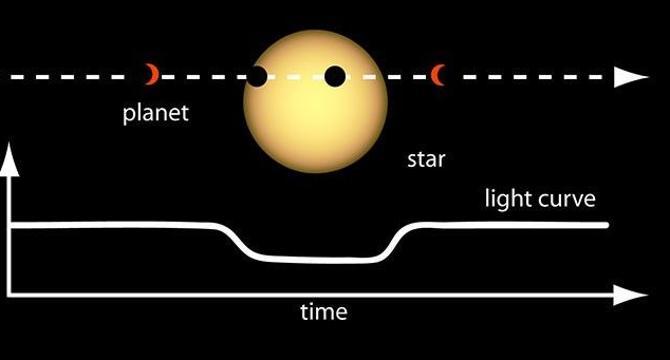Nasa
1M
242

Image Credit: Nasa
May’s Night Sky Notes: How Do We Find Exoplanets?
- Astronomers have been searching for planets around stars other than our Sun since the 19th century, with the first discovery of an exoplanet in the mid-1990s.
- The transit method, used by Kepler and other observatories, detects planets by observing the slight dip in brightness when a planet crosses in front of its host star.
- The transit method's drawback is that it requires a favorable angle to observe transits, making detections rare, even in our own solar system.
- The wobble method, also known as the radial velocity method, detects planets by observing the slight wobble of a star caused by an orbiting planet.
- By analyzing the Doppler shift in a star's spectra, astronomers can determine the mass of the orbiting planet and its orbital period.
- Exoplanets can also be detected through direct imaging using instruments like coronagraphs to block out the host star's light.
- NASA's James Webb Space Telescope has provided detailed images of exoplanets, revealing information about their atmospheres, temperatures, and potential biosignatures.
- NASA offers various resources and activities for exploring exoplanets, such as the Eyes on Exoplanets program and the latest exoplanet news.
- The future of exoplanet discovery holds promise for deepening humanity's understanding of the Universe and the potential for life beyond Earth.
- The article discusses the methods employed by astronomers to detect exoplanets, such as the transit method, wobble method, and direct imaging, showcasing the advancements in technology and observational techniques over the years.
Read Full Article
14 Likes
For uninterrupted reading, download the app